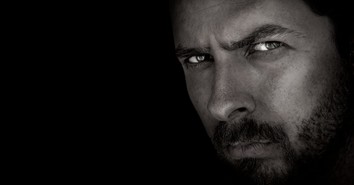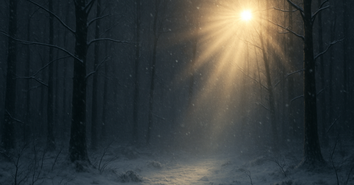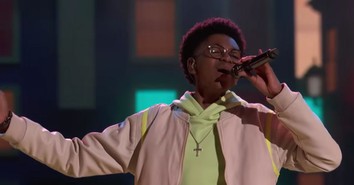5 Women of Faith Your Daughters Should Know About
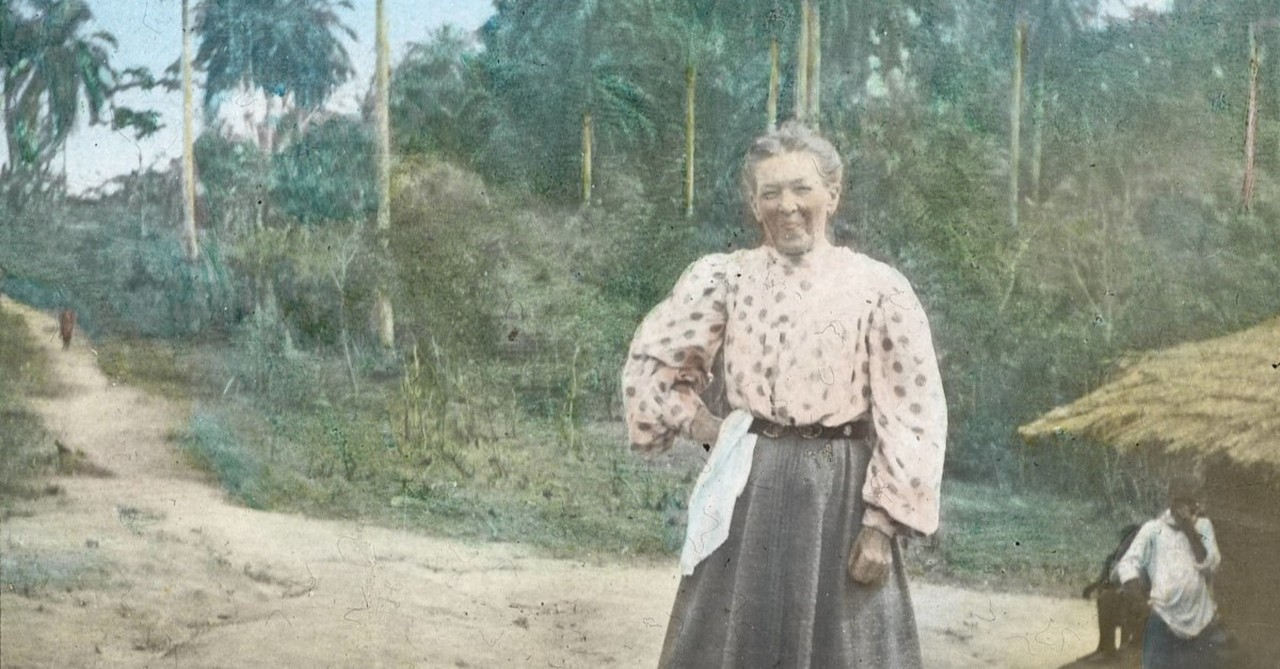
I have been blessed to lead a Sunday School class this school year for seventh and eighth grade girls. They really are some of the brightest minds coming up in the next generation and what an honor to be gifted the responsibility to help guide them in their relationship with Christ.
Our study this year has been to teach them about women of faith. At first, I was hesitant because it didn't feel very "Sunday School-ish." We weren't doing a Bible Study, we weren't addressing current teen issues, etc. But as I've seen these young women develop relationships with the legacies of the women who have gone before, I have become more convicted that it is important to teach the "feet on the ground" examples of those who have gone before us and now surround us as a part of that "great cloud of witnesses."
Why Is it Important?
I'm so glad you asked! Because the young women in my class are identifying testimonies of other women—strong, resilient, heroic women—who embody exactly what culture is teaching our girls is so crucial within feminism. That independence and strength are important to a woman. That as a woman, you can be empowered to do what your dreams inspire you to do. But so much more importantly, what these women of the faith are still teaching—long after their move to Heaven—is the critical elements left out of much of modern-day feminism. Humility and submission before God. A recognition of our weakness and need for God's power and strength. A faith that goes far beyond any inner strength we may be able to muster and will carry us further than anywhere we could go by our own might.
So, who are these feminine phenomena of the faith? Let me share with you some of the women we have been studying this year:
1. Corrie Ten Boom
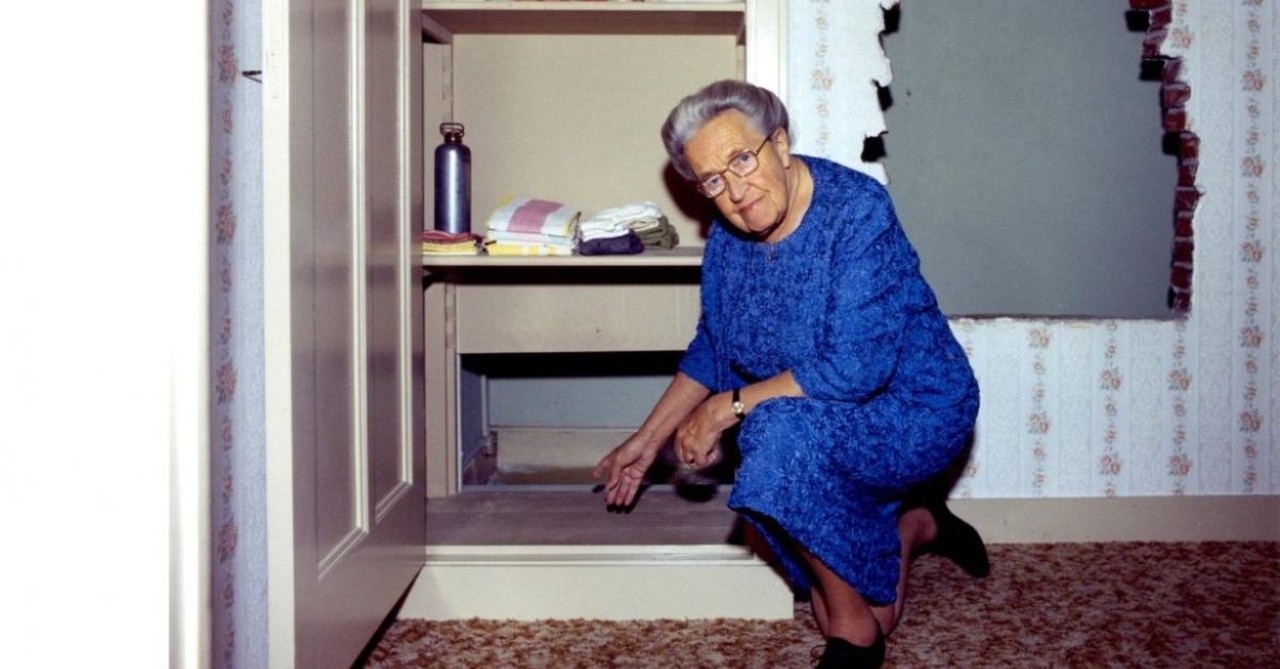
1. Corrie Ten Boom
SLIDE 1 OF 5
Phenom #1, and wow, is she popular with the girls. I won't lie; I was dumbfounded by two face-slapping realizations. The first was that over 50% of the girls in my class either didn't know about or had not studied the Holocaust. WHAT? The second was that they had never heard of Corrie Ten Boom. The second was easier to swallow than the first, I will be frankly honest.
After our lesson plan shifted to an overview of the Holocaust, we then introduced the girls to Miss Ten Boom. If you haven't heard of Corrie, she was already well into middle-age when the second World War consumed her home nation of Holland. The Ten Boom family was pivotal in saving the lives of Jews as they remodeled their home into a hiding place from the Gestapo. Unfortunately, Corrie, her father, her sister, and a few others within the resistance were turned in by a Dutch "friend" and ended up serving time in Ravensbrück concentration camp. Corrie was the only one to come out of the camps alive. The stories in her book The Hiding Place are a remarkable testament to God's oversight and protection, but also to the rawness of someone who struggled with their own hatred and fear of the Nazis and those who killed her sister and father. And if reading the book or watching the movie is either too long or too graphic, I highly recommend Focus on the Family's Radio Family Theater version of The Hiding Place. It is a three-hour dramatization, and we listened to it with our Sunday School class in half-hour increments. The girls were not fans of being left hanging from week to week.
2. Mary Slessor
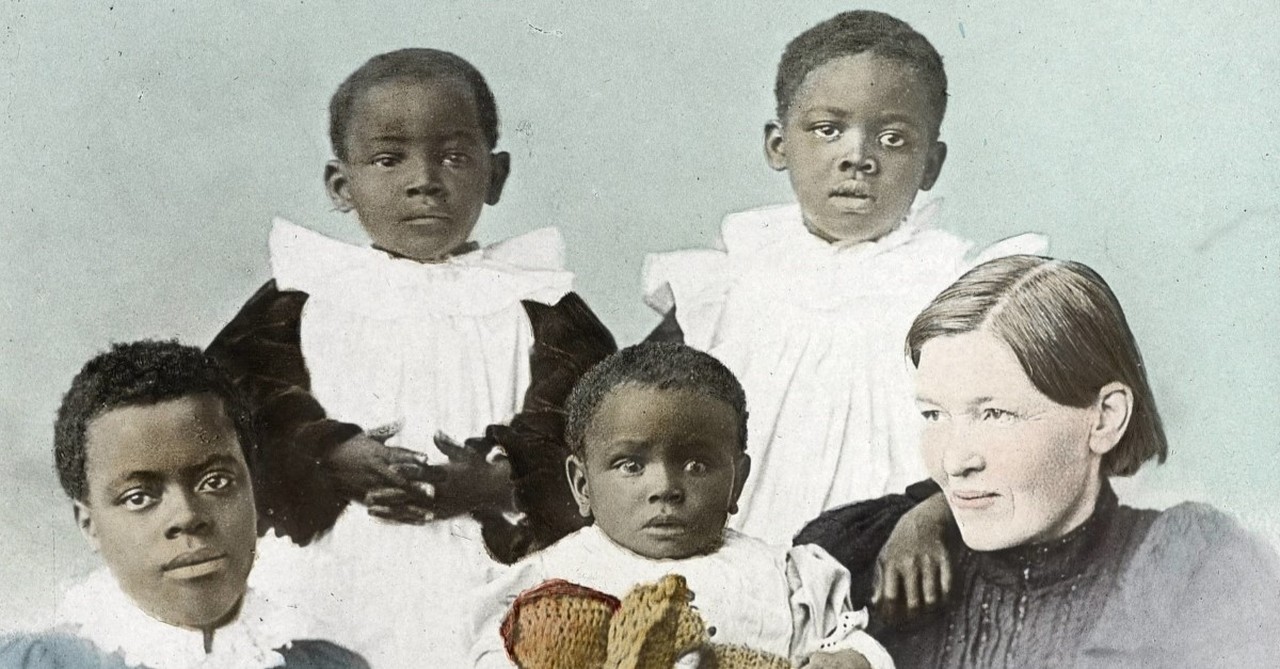
2. Mary Slessor
SLIDE 2 OF 5
We also took the girls back to the 19th century to meet Mary Slessor, a Scottish-born girl whose alcoholic father left them fatherless after his death from pneumonia and was accompanied in death by Mary's two brothers, who experienced the same condition. By the time Mary was fourteen, she was working in the jute mill to help earn a living for her mother and sisters. In her twenties, she was called to mission work—and not just any mission work. Mary wanted to go into the depths of Africa.
Calabar and Okoyong were her eventual destinations, where Mary encountered the abysmal practice of the abandonment of twins, punishing tribal members by boiling in hot oil, and other pagan practices that left the native people and missionaries in fear. Mary's faith and determination in the face of life-threatening situations and diseases, as well as the consistent rescuing of abandoned babies, led her to build a relationship with the people and, in turn, lead many of them into faith in Christ.
Mary was an intriguing feminine figure for our Sunday School girls; they related to Mary's spunky spirit, outspoken nature, defiance of wrongdoing and evil, and unquenchable determination to take the gospel to places others dared not go.
Photo credit: Public domain photo via Wikimedia Commons
3. Fanny Crosby
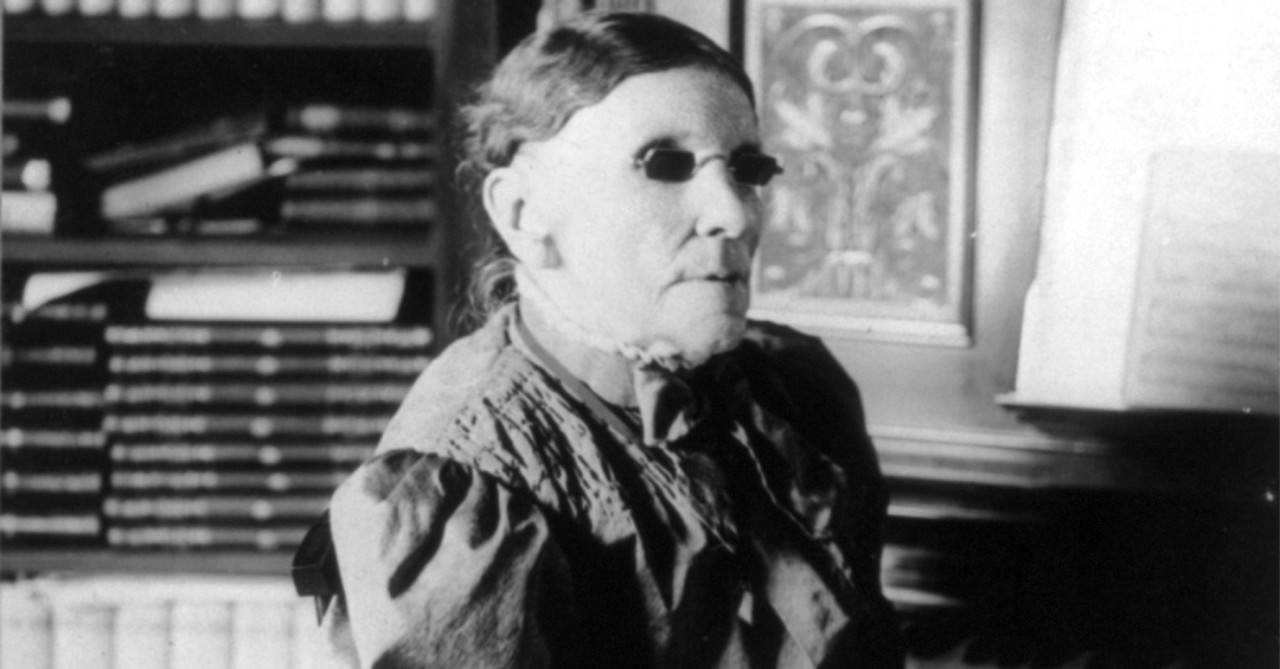
3. Fanny Crosby
SLIDE 3 OF 5
Fanny was a feminine phenom for a different reason, and for a while, I could tell the girls in my class were trying to reconcile why her story was on par with women like Corrie and Mary. But it was a wonderful experience to show the girls how God can use women in their homeplace, and that their strong testimonies and their desire to glorify God can span decades without going into the darkest depths of Africa, or surviving a literal holocaust.
The girls quickly learned that Fanny Crosby, though blind from infanthood, grew to be known as the "Queen of Gospel Song Writers" and penned over eight thousand hymns and gospel songs—not including the over one thousand poems she wrote. They saw Fanny's musical career span her lifetime, branch into her ministry and missions in Hell's Kitchen and other needful city areas, and extend well into the era of modern worship.
It was a "lightbulb" moment for the girls when they realized that church worship service, though maybe not singing many hymns in our particular church that is more contemporary, was still heavily influenced by Fanny and the words she penned. They began to understand why our worship pastor was careful to pick songs with theological and lyrical depth, and that without Fanny, hymns and worship as we know it today, would more than likely be far different.
These are only three of many amazing women of the faith we are studying this year. From Rahab to Amy Carmichael, the legacy of God's amazing work through women devoted to Him is a source of adventure and excitement for the girls.
Here are a few more women of faith we're preparing to explore:
4. Sojourner Truth
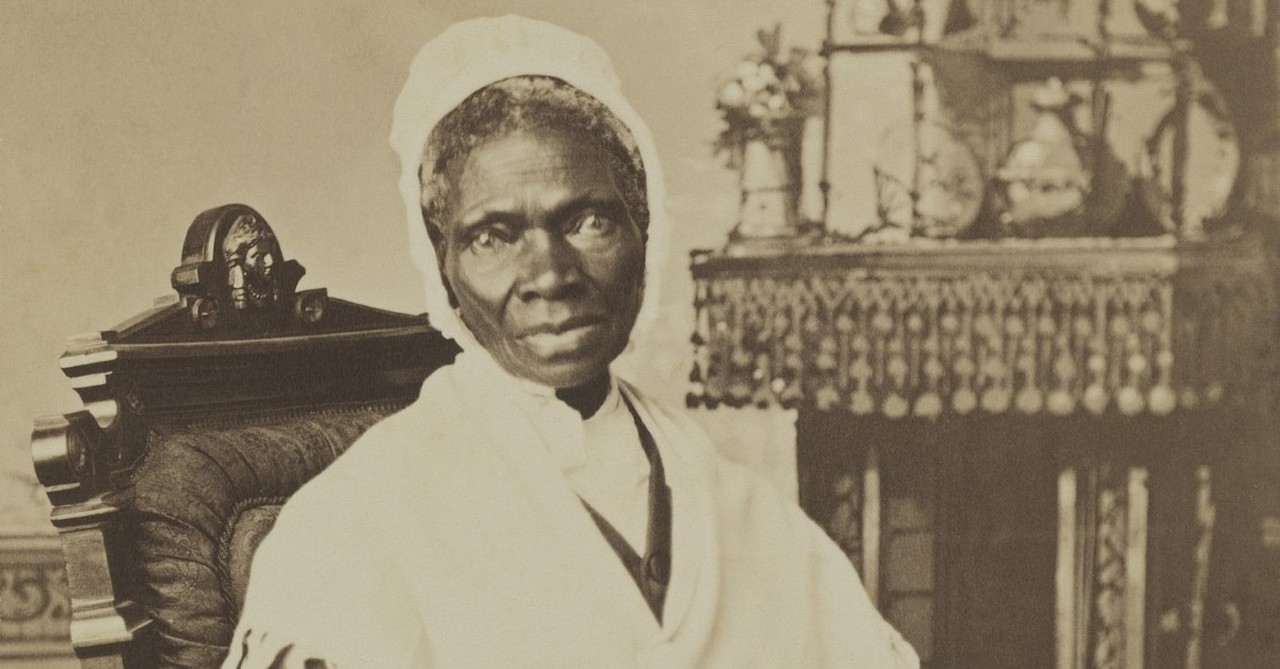
4. Sojourner Truth
SLIDE 4 OF 5
A former slave turned abolitionist who listened to God's call to walk away from slavery with her daughter (a courageous and life threatening maneuver). She was a truth speaker and was called to show people the error in their ways and confront the sins that were damaging both slaves and women in the nation during her time.
5. Tsai Su Juan

5. Tsai Su Juan
SLIDE 5 OF 5
From a wealthy family in China, she left the intended future to become a Buddhist nun to instead become a Christ-follower. She became motivated to minister in China, but a bout of malaria ended up confining her to her bed. Tsai Su Juan (also known as "Christiana") became known as the "Queen of the Dark Chamber" as she preached to thousands from her bed after she never fully recovered from her illness. She wrote her own autobiography, which was then translated into fifty languages.
These are the women that our daughters need to meet. These are the women who teach them how to be women, to be strong, to be faithful, to be humble, and to be courageous while yet afraid. I'm excited to be continuing this journey to help introduce young women to these legacy-makers. These feminine phenoms who inspire long after they've received their heavenly rewards.
Jaime Jo Wright is an ECPA and Publisher’s Weekly bestselling author. Her novel “The House on Foster Hill” won the prestigious Christy Award and she continues to publish Gothic thrillers for the inspirational market. Jaime Jo resides in the woods of Wisconsin, lives in dreamland, exists in reality, and invites you to join her adventures at jaimewrightbooks.com and at her podcast madlitmusings.com where she discusses the deeper issues of story and faith with fellow authors.
Originally published February 20, 2025.




